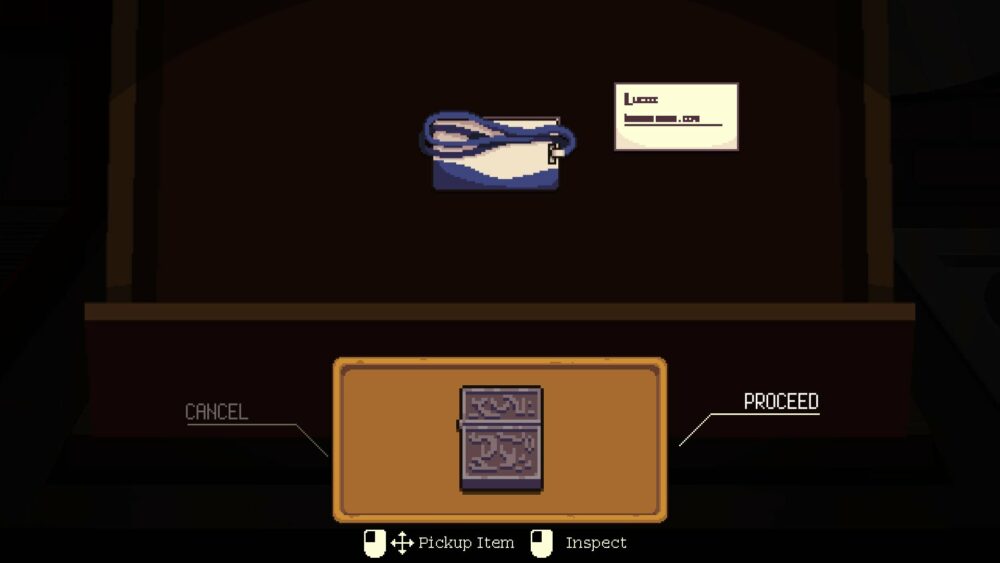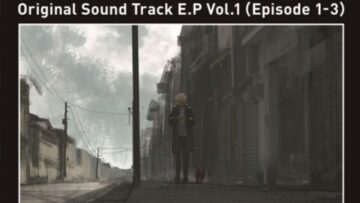Coffee Talk Episode 2: Hibiscus & Butterfly is developer Toge Production’s sequel to its hit visual novel barrister simulator, Coffee Talk. The game follows you, the barrister of the Coffee Talk cafe in Seattle, as you serve drinks while conversing with your regular and new customers, who you turn to friends. Throughout the story, you’ll learn about their lives, current events, their struggles, dreams, and more all over a hot beverage. The game continues several character arcs established in the first game while starting new ones, and adds a few new elements in the process, but maybe not enough.


The Story Continues
Coffee Talk 2 continues your story as the mysterious but cool barista and follows several returning characters of varying mythical and non mythical races. This includes the couple of a business-oriented succubi and a freelancer elf who are set to marry but must first overcome their family issues, the friendship between an orc and a mermaid and how it’s being tested by a videogame developer who presents them a questionable deal for their indie game, a vampire who’s contemplating a career change, and a police officer who’s tasked to solve some strange events going on in town, among others. The game also introduces new characters like a banshee who’s facing difficulties believing in her dreams and a boisterous influencer who tries his best to help everyone while trying to create unique content.
As a narrative-focused game, Coffee Talk Episode 2 does a great job of continuing several characters’ stories that started from the first game, which rewards returning players, while also not isolating newcomers by making these stories simple enough to follow. The new characters also breathe new life into the series by providing new perspectives and unique personalities. While the game doesn’t end in a definite way, it was still entertaining and satisfying to see the end of the narrative and watch the characters grow separately and together.
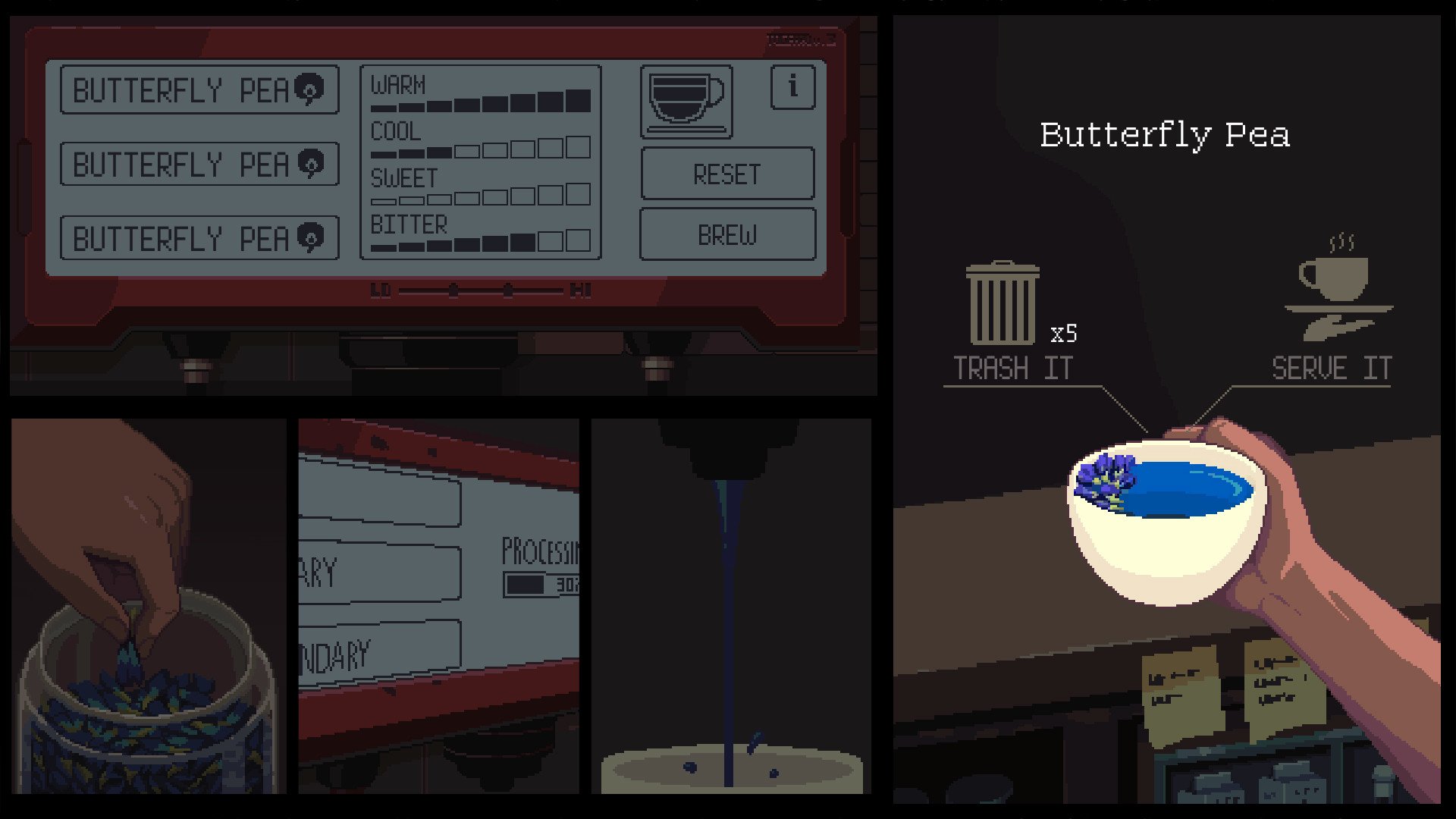

What’s New?
It’s also worth mentioning that the game sports several endings, many of which depend on the new item-in-drawer mechanic. Without spoiling too much, the feature allows players to make decisions that will affect how characters and their stories will play out. For example, you’ll be given items from one character to give to another or choose what item to give a character at specific points in the story. Failing to deliver the items, providing them too late, or selecting specific items over others will affect the story, how it plays out, and what ending you’ll get. However, while the new feature is cool, I admittedly found it hard to take it seriously as it was used too loosely throughout the game, and some decisions didn’t matter as much as I thought they would.
Aside from that, the game also adds two new coffee and tea ingredients along with pre-existing ingredients. These ingredients add more than six highly colorful, tasty-looking, story-central beverages to the game. However, while their addition is nice, just two new ingredients wasn’t enough to make the brewing experience distinct from the previous game. I feel the developers also knew this, as players are forced to relearn all recipes from previous games to compensate for the lack of new ones.
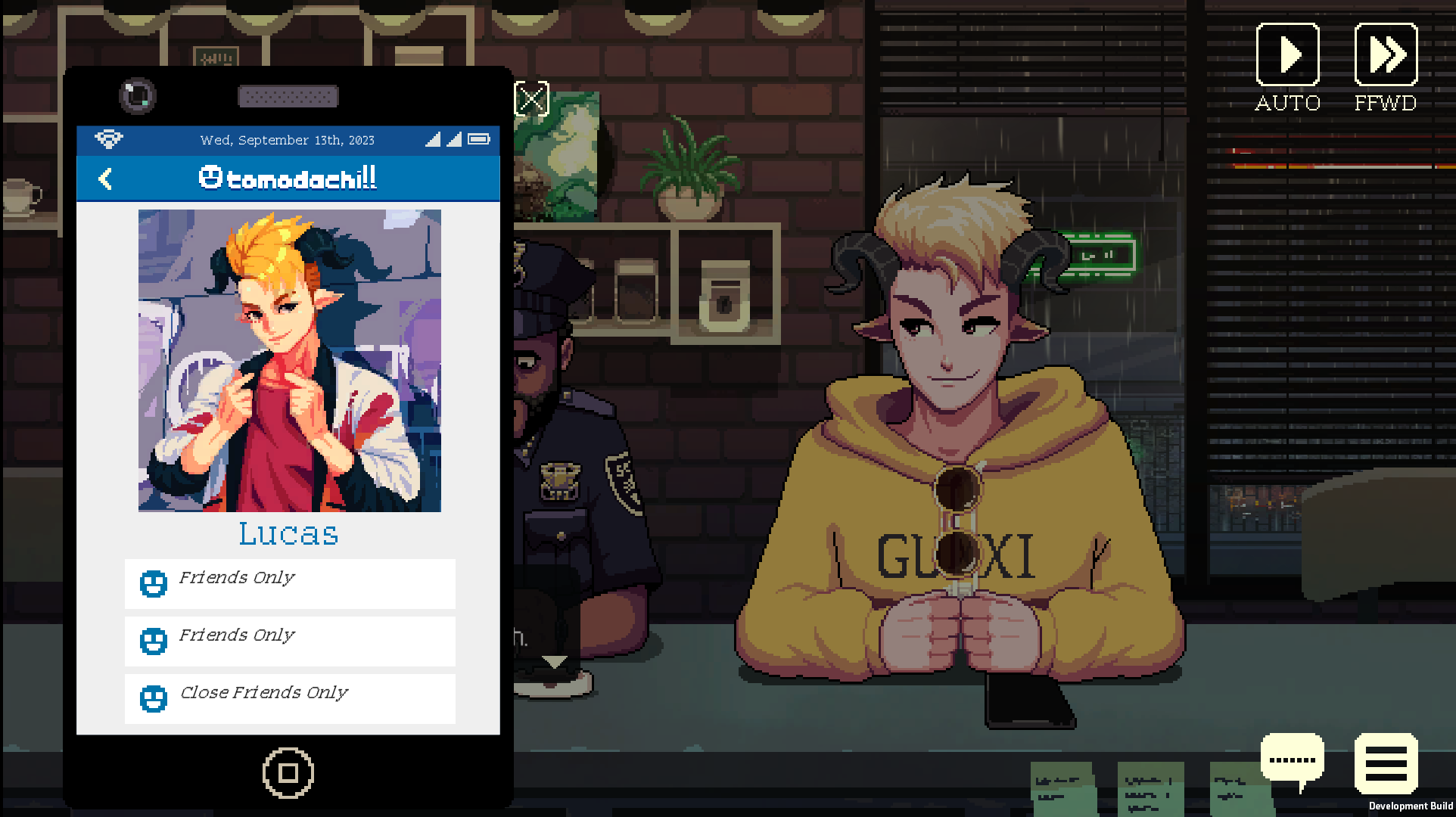

The Extra Stuff
When not brewing teas and coffee and listening to customers, players can also use the in-game Twitter-like social media app “Tomodachii,” which loosely ties into the story, as players use it to keep up with the characters’ lives. Players can also select background music, most of which is unfortunately carried over from the previous game, and read surprisingly well-written and thought-provoking poems and short stories on the newspaper app.
Visually, because much of the game’s assets are carried over from the previous game, the game looks mostly unchanged from the last game, with little to comment on. However, the game still sports superb, detailed, and highly aesthetic pixel art, and the new characters have great and unique character designs. Lastly, Coffee Talk Episode 2 has a gallery with tons of art from talented artists, some seen in the game’s story, others just extra. It also has art paying tribute to the game’s creator Mohammad Fahmi, who sadly passed away last year, which was incredibly heartwarming.
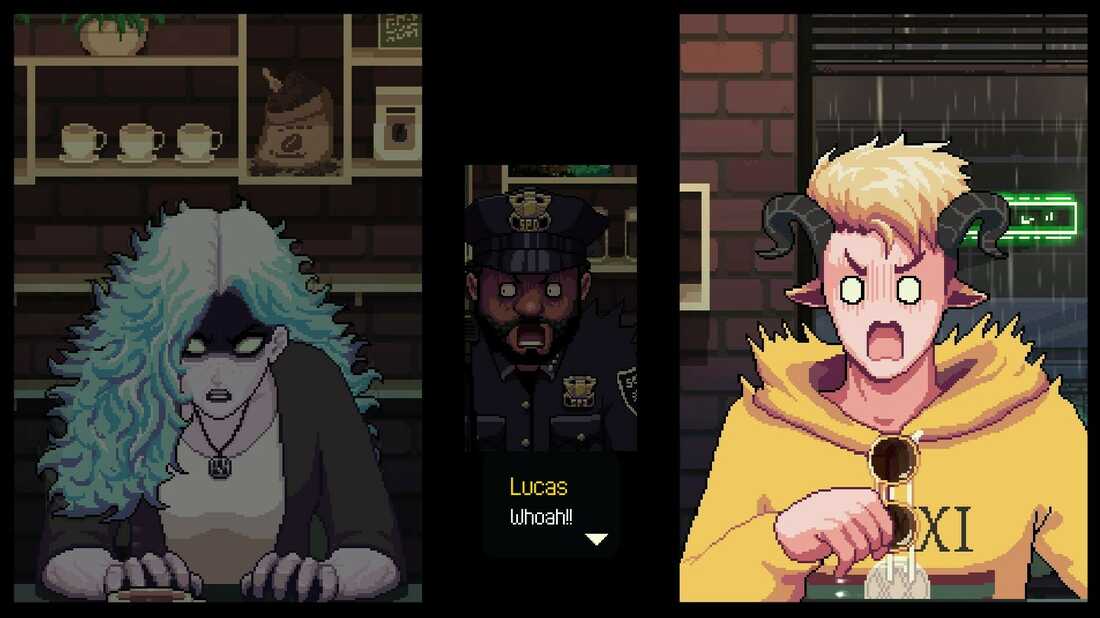

Final Thoughts
Overall, while I feel more gameplay content should’ve been added to the sequel, Coffee Talk Episode 2 still managed to impress and entertain me as a fan of the series, with its endearing characters and heartwarming story despite having a different writer from the first game. If you enjoy visual novels, comfy vibes, and a great story, then Coffee Talk and its sequel are games you should check out.
Do you frequent Cafes? Have you played this game or are you interested in it? What do you think about our review? Let us know in the comments section below.
The Review
Coffee Talk Episode 2: Hibiscus & Butterfly
PROS
- Great characters
- Great plot
CONS
- Not enough new gameplay stuff
- Same assets
- SEO Powered Content & PR Distribution. Get Amplified Today.
- PlatoAiStream. Web3 Data Intelligence. Knowledge Amplified. Access Here.
- Minting the Future w Adryenn Ashley. Access Here.
- Source: https://bagogames.com/coffee-talk-episode-2-hibiscus-butterfly-nintendo-switch-review/
- a
- About
- Ad
- add
- added
- ADDITION
- adds
- aesthetic
- affect
- All
- along
- also
- among
- an
- and
- Another
- app
- ARE
- Art
- Artists
- as
- Assets
- At
- away
- background
- BE
- because
- been
- being
- believing
- below
- BEST
- between
- beverage
- Beverages
- BREATHE
- but
- by
- cafes
- CAN
- Career
- change
- characters
- choose
- Coffee
- colorful
- comment
- comments
- content
- continues
- continuing
- Couple
- create
- creator
- Current
- Customers
- deal
- decisions
- deliver
- designs
- despite
- detailed
- Developer
- developers
- different
- difficulties
- distinct
- do
- does
- dreams
- elements
- elf
- end
- enjoy
- enough
- entertain
- entertaining
- established
- events
- everyone
- Example
- experience
- facing
- family
- FANTASY
- Feature
- feel
- few
- First
- follow
- follows
- For
- forced
- fresh
- Friends
- Friendship
- from
- gallery
- game
- gameplay
- Games
- Gaming
- Get
- give
- given
- going
- great
- Grow
- Hard
- has
- Have
- having
- help
- her
- highly
- his
- hot
- How
- however
- HTTPS
- i
- if
- in
- in-game
- includes
- incredibly
- Indie
- influencer
- interested
- into
- Introduces
- Is
- issues
- IT
- ITS
- Job
- jpg
- just
- keep
- know
- lack
- last
- late
- LEARN
- Life
- like
- Listening
- Little
- lives
- looks
- make
- Making
- managed
- many
- matter
- Media
- more
- most
- much
- Music
- narrative
- New
- new feature
- Nice
- Nintendo
- Nintendo Switch
- not
- of
- Officer
- on
- One
- or
- Others
- our
- out
- over
- overcome
- paying
- Personalities
- perspectives
- Pixel
- plato
- plato data intelligence
- platodata
- platogaming
- play
- players
- plugin
- Point
- Points
- Police
- presents
- previous
- Process
- providing
- read
- Recipes
- regular
- review
- Rewards
- same
- satisfying
- Seattle
- section
- see
- seen
- sequel
- Series
- serve
- set
- several
- Short
- should
- Simple
- simulator
- SIX
- So
- Social
- social media
- SOLVE
- some
- specific
- Sports
- started
- Starting
- still
- Stories
- Story
- sweet
- Switch
- Take
- talented
- talk
- Tea
- than
- that
- The
- The Game
- their
- Them
- then
- These
- they
- think
- this
- thought
- thought-provoking
- Throughout
- to
- together
- tons
- too
- turn
- two
- unfortunately
- unique
- up
- us
- use
- used
- vampire
- was
- Watch
- way
- What
- while
- WHO
- will
- with
- without
- worth
- would
- writer
- year
- you
- your
- zephyrnet
